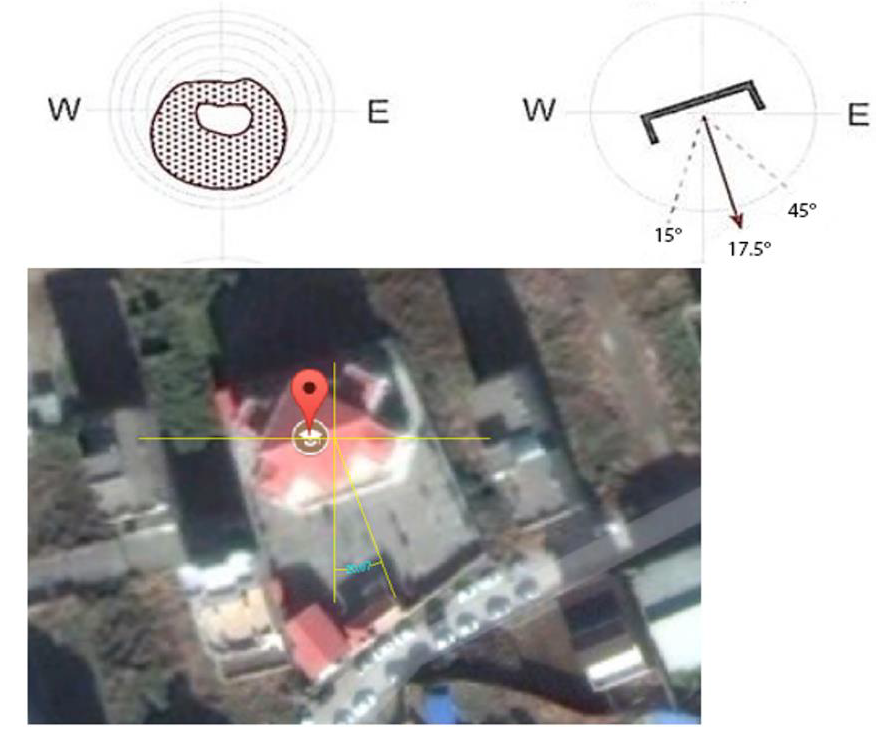Simulation-Driven Strategies for Improving Natural Ventilation in Educational Spaces: A Case Study of An Educational Building in Sari
DOI:
https://doi.org/10.14331/ijfps.2024.330162Keywords:
Simulation-Driven, Natural Ventilation, Educational Spaces, Case StudyAbstract
Any architectural space, especially the architecture of an educational complex, should provide comfort for human beings in the face of geographical and climatic characteristics. Climatic factors have always profoundly affected the formation of the physical environment of buildings. Energy demand has always been one of society’s most critical issues. Saving resources is one of the architectural design goals to achieve a suitable environment-friendly architecture. This architectural approach, which comes from the concepts of sustainable development, is one of the basic human needs in the current world due to its compatibility with the environment. The goal is to build constructions that can improve the climate, prevent the waste of energy consumption, and avoid the adverse effects of construction on the environment. In traditional Iranian architecture, there are numerous passive methods; natural ventilation is an essential part of Iranian conventional building design, which is being ignored today. Since humid and moderate climates have high relative humidity on most days of the year, one important goal is to move the stagnant moisture inside to establish a suitable thermal environment for occupants. The research method of the present study is descriptive-analytical, which has been experimented with according to library studies in addition to climate and meteorological data. Then, analysis of the data is provided by an energy simulator. It is concluded that the best orientation of the educational building is south, which can provide proper natural ventilation and solar heat gain. In other words, optimal interior air quality is achieved in this orientation.
Downloads
References
Ahmed, A.-S. F., Khan, K.-M. M. K., Maung Than Oo, A.-A., Rasul, R.-M. G. J. I. J. o. M., & Engineering, M. (2014). Selection of suitable passive cooling strategy for a subtropical climate. 9, 1-11. doi:https://doi.org/10.1186/s40712-014-0014-7
Al-Tamimi, N. A. M., Fadzil, S. F. S., & Harun, W. M. W. J. J. o. S. d. (2011). The effects of orientation, ventilation, and varied WWR on the thermal performance of residential rooms in the tropics. 4(2), 142. doi:http://dx.doi.org/10.5539/jsd.v4n2p142
Alwetaishi, M., & Gadi, M. J. C. E. (2018). Toward sustainable school building design: A case study in hot and humid climate. 5(1), 1452665. doi:https://doi.org/10.1080/23311916.2018.1452665
Ansarimanesh, M., Nasrollahi, N., Mahdavinejad, M. J. J. A. A., & Development, U. (2019). Determination of the optimal orientation in the cold climate administrative buildings; case study: Kermanshah. 12(27), 1-9. doi:https://doi:10.22034/aaud.2019.92428
Baderia, N., & Design, M. A. E. (2014). The role of thermal mass in humid subtropical climate: thermal performance and energy demand of CSET building, Ningbo. Paper presented at the 30th International PLEA Conference.
Bayraktar, N. (2013). Evaluation of natural ventilation efficiency in school buildings in the context of thermal comfort and interior air quality. Paper presented at the International Conference" Standardization and related activities-the means of International and Collaboration the Balkans, Technical University-Sofia Science.
Daemei, A. B., Limaki, A. K., & Safari, H. J. E. P. (2016). Opening performance simulation in natural ventilation using design builder (case study: a residential home in Rasht). 100, 412-422. doi:https://doi.org/10.1016/j.egypro.2016.10.196
Kouhirostami, M. (2020). Designing sustainable schools in moderate and humid region (case study: Babolsar). doi:https://doi.org/10.6084/m9.figshare.12733058.v1
Oropeza-Perez, I. J. E. P. (2015). Assessment of natural ventilation within buildings located on hot-temperate and mild-temperate regions. 78, 1513-1518. doi:https://doi.org/10.1016/j.egypro.2015.11.180
Perez, Y. V., & Capeluto, I. G. J. A. E. (2009). Climatic considerations in school building design in the hot–humid climate for reducing energy consumption. 86(3), 340-348. doi:https://doi.org/10.1016/j.apenergy.2008.05.007
Ragheb, A., El-Shimy, H., Ragheb, G. J. P.-S., & Sciences, B. (2016). Green architecture: A concept of sustainability. 216, 778-787. doi:https://doi.org/10.1016/j.sbspro.2015.12.075
Tucker, R., & Izadpanahi, P. J. J. o. e. p. (2017). Live green, think green: Sustainable school architecture and children’s environmental attitudes and behaviors. 51, 209-216. doi:https://doi.org/10.1016/j.jenvp.2017.04.003
Zhou, C., Wang, Z., Chen, Q., Jiang, Y., Pei, J. J. E., & Buildings. (2014). Design optimization and field demonstration of natural ventilation for high-rise residential buildings. 82, 457-465. doi:https://doi.org/10.1016/j.enbuild.2014.06.036.

Published
How to Cite
Issue
Section
License
Copyright (c) 2024 Sina Tabibi

This work is licensed under a Creative Commons Attribution 4.0 International License.










